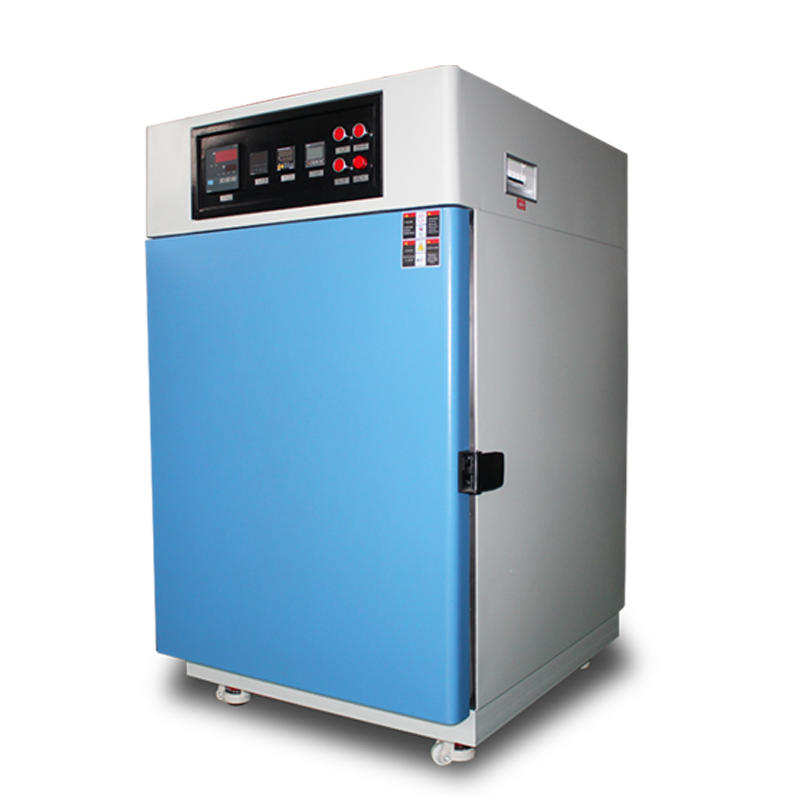In modern industrial production and scientific research, high-temperature aging test chambers are critical environmental testing equipment widely used in materials, electronics, appliances, automotive, aerospace, and other industries to evaluate high-temperature performance and aging resistance. So, what testing standards can a high-temperature aging test chamber meet? Below is a detailed analysis to help you better understand and select the right equipment.
1. Overview of High-Temperature Aging Test Chambers
High-temperature aging test chambers provide a stable and controllable high-temperature environment to simulate the long-term stability and durability of products or materials under elevated temperatures. They assess aging rates and performance changes, which are crucial for quality assurance and lifespan prediction.
2. Common Testing Standards Met by High-Temperature Aging Test Chambers
GB/T 2423 Series (Chinese National Standards)
This series specifies various environmental test conditions, including high-temperature testing (e.g., GB/T 2423.2), applicable to aging and heat resistance testing of electronic components.
IEC 60068 Series (International Electrotechnical Commission Standards)
These standards cover environmental testing methods, such as IEC 60068-2-2, which defines high-temperature test procedures for electronic devices and components.
MIL-STD-810G (U.S. Military Standard)
This stringent military standard evaluates the environmental adaptability of electronic and mechanical components, including high-temperature aging tests, ensuring products function reliably under extreme heat conditions.
ASTM D3045 (American Society for Testing and Materials)
This standard applies to high-temperature aging tests for plastic materials, guiding performance analysis under elevated temperatures.
SAE J1211 (Automotive Standard)
This standard involves environmental stress testing for automotive electronics, including high-temperature aging requirements.

3. Importance of Meeting Testing Standards
- Ensures Product Quality: Compliant high-temperature aging tests guarantee product reliability in extreme environments, reducing failure rates.
- Meets Industry Requirements: Adhering to strict national and international standards helps products enter global markets smoothly.
- Enhances Competitiveness: Standardized testing strengthens brand reputation for high-quality products.
- Provides Scientific Data: Test results support product design improvements and material research.
4. How to Choose a High-Temperature Aging Test Chamber That Meets Multiple Standards?
- Stable performance and precise temperature control to meet high-temperature testing demands.
- Technical parameters compliant with standards, such as temperature range, heating rate, and uniformity.
- Supports multiple test modes and programmable control to adapt to different standard requirements.
- Reliable after-sales service to ensure long-term stable operation.
- Complies with environmental and safety regulations for secure usage.
Conclusion
A high-temperature aging test chamber is not only an essential tool for industrial testing but also a key factor in ensuring product quality. Choosing a chamber that meets mainstream testing standards will enhance R&D capabilities, ensure product performance in harsh environments, and help companies gain market recognition.














